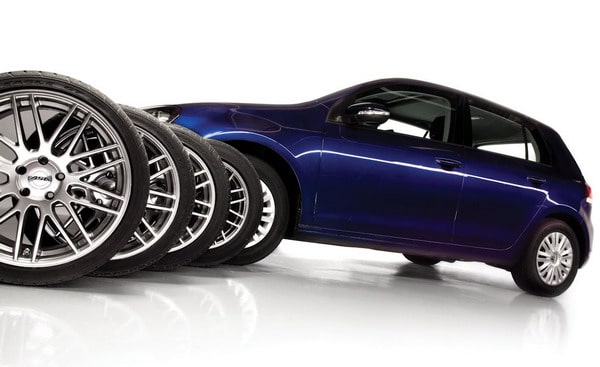Plastigaging bearing clearances
Last Updated on July 22, 2024 by Mutiara
Plastigage, provides a fast and accurate way to check bearing clearances. Plastigage is a special extruded plastic thread of a definite diameter with accurately controlled crush properties. The material is round, smooth and flexible through a wide range of temperatures. Extreme cold will make it somewhat brittle and heat will soften the material. However, Plastigage remains usable and accurate through all normal atmospheric variations of temperature and humidity in work areas where bearing clearances may be checked.Before installing the crankshaft permanently it is always wise to check the main bearing and rod bearing clearances with plastigage. If you are going to measure a crankshaft, assemble the engine together with the crankshaft installed with the new bearing inserts in the block and main caps. Make sure all the caps are numbered, in order and installed properly with the arrows pointing forward. All fasteners/bolts will need to be torqued to specification.
Plastigage is packaged in calibrated envelopes. These envelopes not only protect the plastic threads but also serve directly as scales to measure the bearing clearance. Both sides of the envelope have a printed scale of graduations. One side is calibrated in inches, the other in millimeters. The numbers on the scale are the bearing clearance in thousandths of an inch, or in millimeters. When the flattened section of Plastigage in a bearing or journal is matched in width with the appropriate numbered graduation, the bearing clearance is read directly from the scale. The scale graduations are repeated each 3/4″ on the envelope, which contains a piece of Plastigage approximately 12″ long. This is normally sufficient to check both main and connecting rod bearing clearance for one engine.
How to use plastigage
Note: When checking connecting rod bearings, turn the crankshaft so that the journal to be checked is about 30° from bottom dead center.
- Remove the bearing cap and wipe the oil from the bearing insert and crankshaft journal.
- Tear off a piece of Plastigage as long as the full bearing width. (Tear through both the envelope and plastic thread at the same time.) Lay the piece of Plastigage across the full width of the lower bearing shell about 1/4″ off center.
- Install and tighten the bearing cap to the proper torque specifications. Do not rotate the crankshaft while making this check.
- Remove the loosen main bolts and remove the main bearing cap. The flattened Plastigage will adhere to either the bearing shell or the crankshaft.
- Compare the width of the flattened Plastigage at the WIDEST point with the graduations on the piece of envelope torn off in Step 2. The number within the graduations, which matches the flattened Plastigage width, indicates the total bearing clearance in thousandths of an inch or in millimeters. If the width of the flattened Plastigage does not exactly match one of the envelope graduations, then estimate the fraction of a thousandth in the same manner as when using micrometers.
Taper
When one end of the flattened Plastigage is wider than the other, a difference in clearance is indicated. This difference is the amount of taper in the journal. Measure both ends of the flattened Plastigage. The difference between the wide and narrow readings is the approximate amount of taper.
Out of roundness
This can be approximately determined as follows:
- Place the connecting rod at bottom dead center and measure the bearing clearance with Plastigage.
- Rotate the crankshaft approximately 100 degrees from bottom dead center and again check the bearing clearance with Plastigage.
The difference between the bearing clearances measured in Steps 1 and 2 approximate out-of-roundness.
Upon completion of a clearance check, the flattened Plastigage can be scratched from the bearing or journal with a thumb nail. However, no harm is done if removal is over-looked. Plastigage is oil soluble and will disappear within a few revolutions of the crankshaft.
The advantages of plastigage
- Economical – When bearing clearances are measured with Plastigage, there is no need for feeler gauges, shims, or expensive micrometers. Clearances are read directly from the Plastigage envelope.
- Accurate – Clearance checks are accurate to better than one one-thousandth inch when the material is used as directed.
- Fast – The use of Plastigage saves as much as two-thirds of the time required for bearing clearance measurements by other means.
- Safe – Plastigage is safe to use. It will not dent or imbed in the softest bearing materials. In addition, it is oil soluble and will quickly disappear even when left in the bearing inadvertently.
- Versatile – Plastigage is used to check main and connecting rod bearing clearances, oil pump cover-to-gear clearances, and for many other clearance checks.








